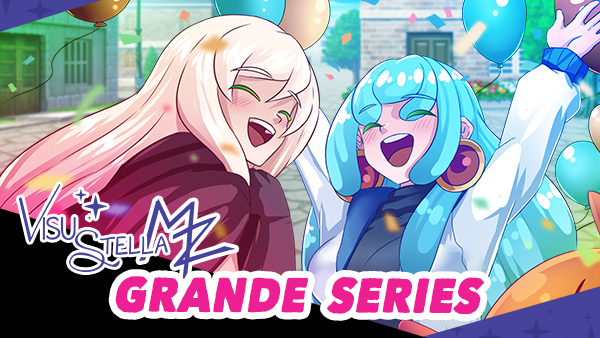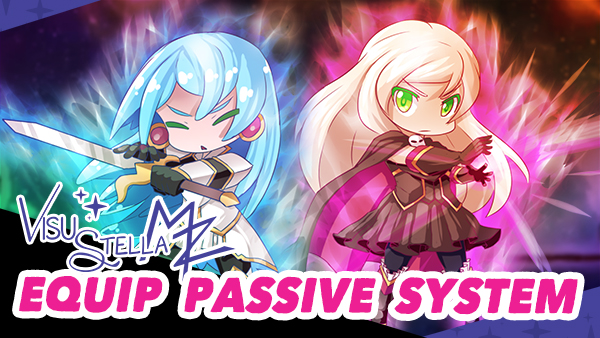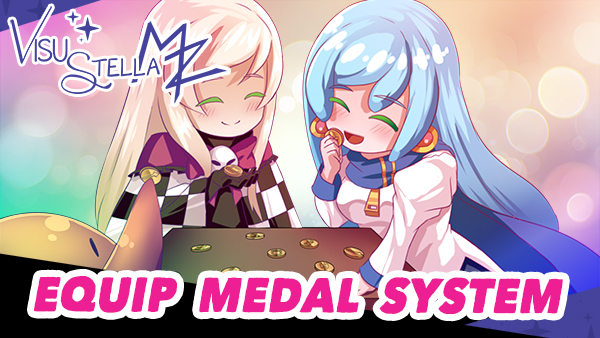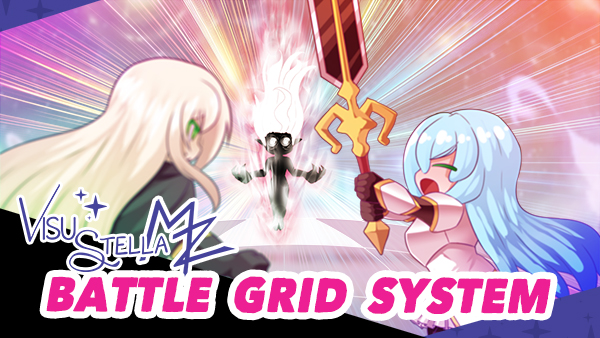Inspiration Behind Grande
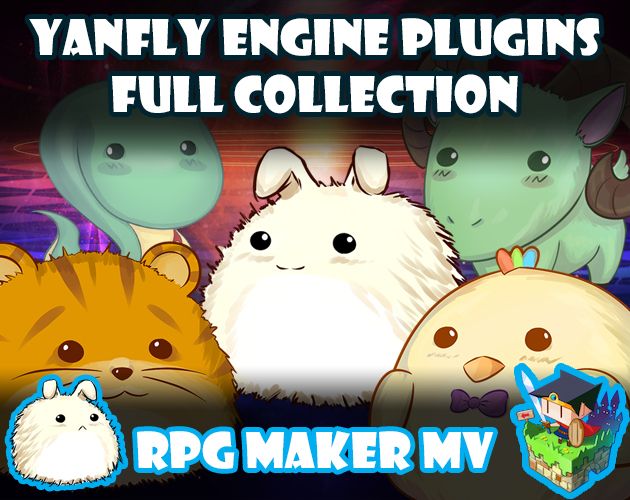
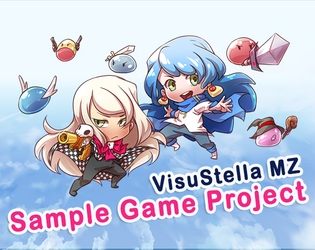
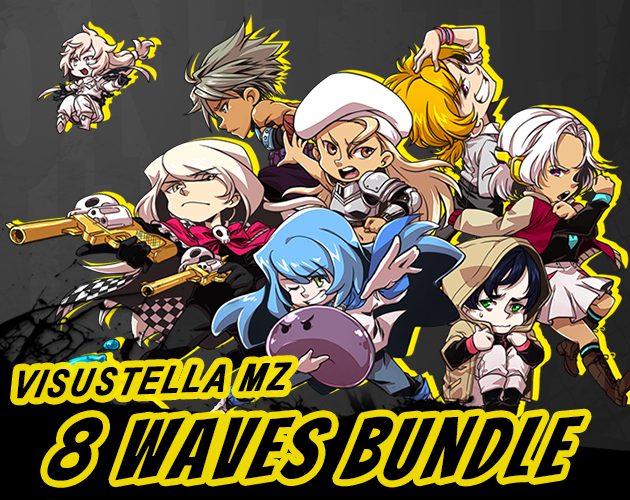
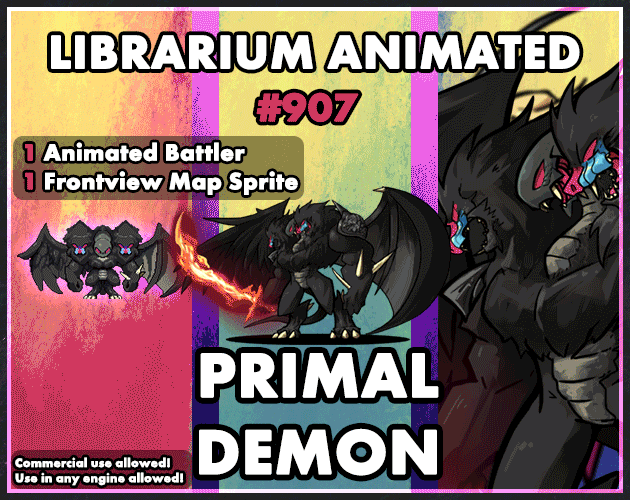
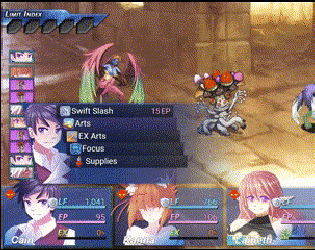
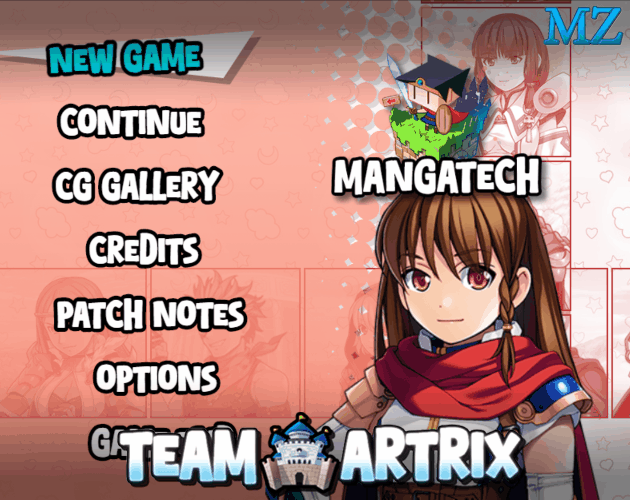
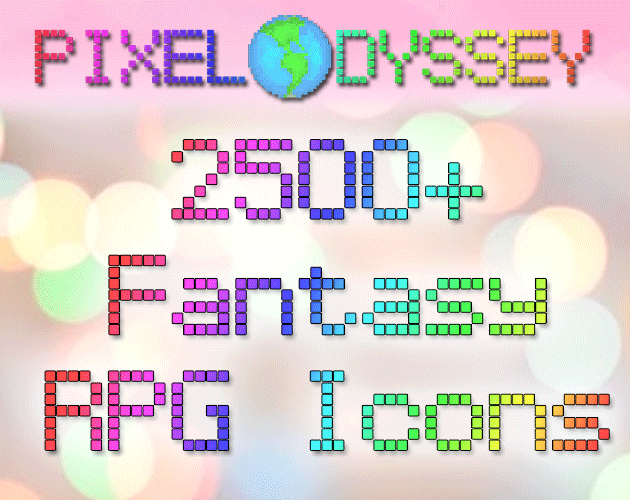
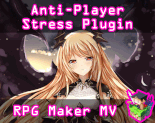
|
VisuStella, Caz Wolf, Fallen Angel Olivia, Atelier Irina, and other affiliated content creators.
Introduction
Hey there! Yanfly here! This series, the Grande plugins, is the grand finale for VisuStella MZ. Its main focus is to provide the extra customization options for actors and battles while being compatible with everything else in the library. In a way, it's not far off to say that it's more of a "wrap up" series than a cohesively themed one, but nonetheless, that's what Grande is.
Equip Passive System VisuStella MZFinal Fantasy 9 holds a very dear place in my heart. It's one of my favorite JRPG's that not only charmed me with its cast of characters, but also the intricacies of the mechanics available in the game. And the game mechanic that stuck out to me the most was none other than its own Equip Passive System. If you take a look at the plugin, you'll see that it very closely resembles what FF9 has to offer and then some. While active skills are cool and all, passive skills are what make characters stronger as a base. However, there's often balancing problems that game devs face when it comes to adding passives to characters. These problems often come in the form of too many passives. The more passives there are, the more powerful a character seemingly becomes and permanently. That's what the Equip Passive System solves. By introducing a limited number of passives that an actor can have at a time, they stop being unstoppable heroes. This also creates a system where the player has to pick and choose which passives work best for which scenarios. After all, there's no point in keeping a Poison-Resist passive on when you're not facing poison enemies, right? Through limitation, players formulate new strategies to tackle the problems they have to face. This is a common gameplay loop seen in the other Final Fantasy series, too, like Final Fantasy Tactics. In FFT, the limited number of equipped passives means that the player needs to decide what best synergizes best with their characters. And across a dynamic party, the passives selected would also have to synergize with the rest of the team, too. This adds a whole new layer to problem solving that players have to face, to the point where sometimes, the preparation for battle is just as interesting as the battles themselves. Also following from FFT, passives can be bought through JP, too, just like with the Equip Passive System. This later gets adapted into other games like Disgaea, where the later entries have Passives called Evilities. Though some Passives can be bought with "mana" (Disgaea's version of JP), not all Passives can be purchased and some have to be unlocked through fulfilling specific conditions. That's where the unlocking system for Equip Passive System comes from. Certain Passives will automatically become available by fulfilling these conditions.
Equip Medal System VisuStella MZSometimes, equipment has to be personal. And the reason why they are personal is because they come attached with character-specific accomplishments. These types of equipment are Medals. Medals cannot be shared with other party members and can only be worn by the character who made those accomplishments. At first glance, Medals and Passives are very similar. They both utilize traits to add specific effects to the user character and the Equip Medal System also provides a limitation system akin to the Equip Passive System. Where they differ though is where Passives are states, Medals are armors. By being an armor, they are more stat focused than states are (though you can still provide stats through states) as the equip scene better fits it. In a way, this system becomes very similar to the Title systems found in many 'Tales of' games. However, the one we're focusing on is Tales of Grace and its title system. Characters can equip titles just like they would armors, though the titles are unique to them. They acquire said titles through fulfilling certain conditions, too. However, these titles are capable of growth, and through winning enough battles, the titles end up granting new perks to its user. This is where the Equip Medal System's medal evolution system comes from. By acquiring enough "Medal EXP", the medals can grow and transform into different medals, potentially providing better stats and/or other bonus traits. Where Passives have flexibility in how they're acquired, Medals have flexibility in how they grow.
Battle Grid System VisuStella MZThis is probably what you're here for. This plugin is heavily inspired by team versus team grid-based battle systems. Games with this kind of battle system include Grand Knights History, Mega Man Battle Network, Mistover, Radiant Historia, etc. The teams face off against each other in a symmetrical battle field. Depending on their positions, they have different skills that they can use and those skills can target different locations on the opposing team's battle grid. With how the number of ranks and flanks can be customized, you can create sprawling 10x10 battlefields for your characters. Or you can reduce the flanks to 1 and recreate a Darkest Dungeon-type battle system, too. Alternatively, reducing the number of ranks to 2 or 3 and limiting vertical movement, you can recreate Row Formation from Yanfly Engine Plugins. We decided to keep battlers only able to traverse their own teams. The reasoning behind this is because it keeps Action Sequences compatible, so that way, game devs do not have to recreate them. It also allows for the rank and flank targeting system to be more user friendly and behave more predictably. Staying on each other's side also allows for natural enemy AI to work normally instead of it needing to figure out which side to go. The idea behind planting Passives onto nodes came from Disgaea and its Geopanels. The Geopanels can provide unique effects to the characters that stand on top of them, and the Passives will fulfill the same idea. For node Triggers, the idea was from Grand Knights History. In the game, characters can place dangerous traps onto the battlefield and use knockback skills to push and shove enemies into them. Both of these features create tons of opportunities for strategy. Ultimately though, I'm happy to have worked on this project. In a way, it feels like the next evolution to Yanfly Engine Plugins' Row Formation plugin, where Row Formation felt like a miss because it was too difficult to bring out its true potential, and needed strange gimmicks like my awkwardly made Area of Effect plugin to have it be validated. The Battle Grid System transforms that and makes everything feel natural with one another while also providing the tools to make movement-based mechanics depth plausible.
ConclusionThis is probably the last time I dip my hands in plugin development for RPG Maker MZ as my retirement from RPG Maker as a whole was long overdue. Still, I'm happy to have made these three as my swansongs. I hope they're useful to you all and allow you to make the games you dream of. Stay creative, my friends. I'll be there waiting for you to release your games and try them out. Happy RPG Making!
End of Article |
